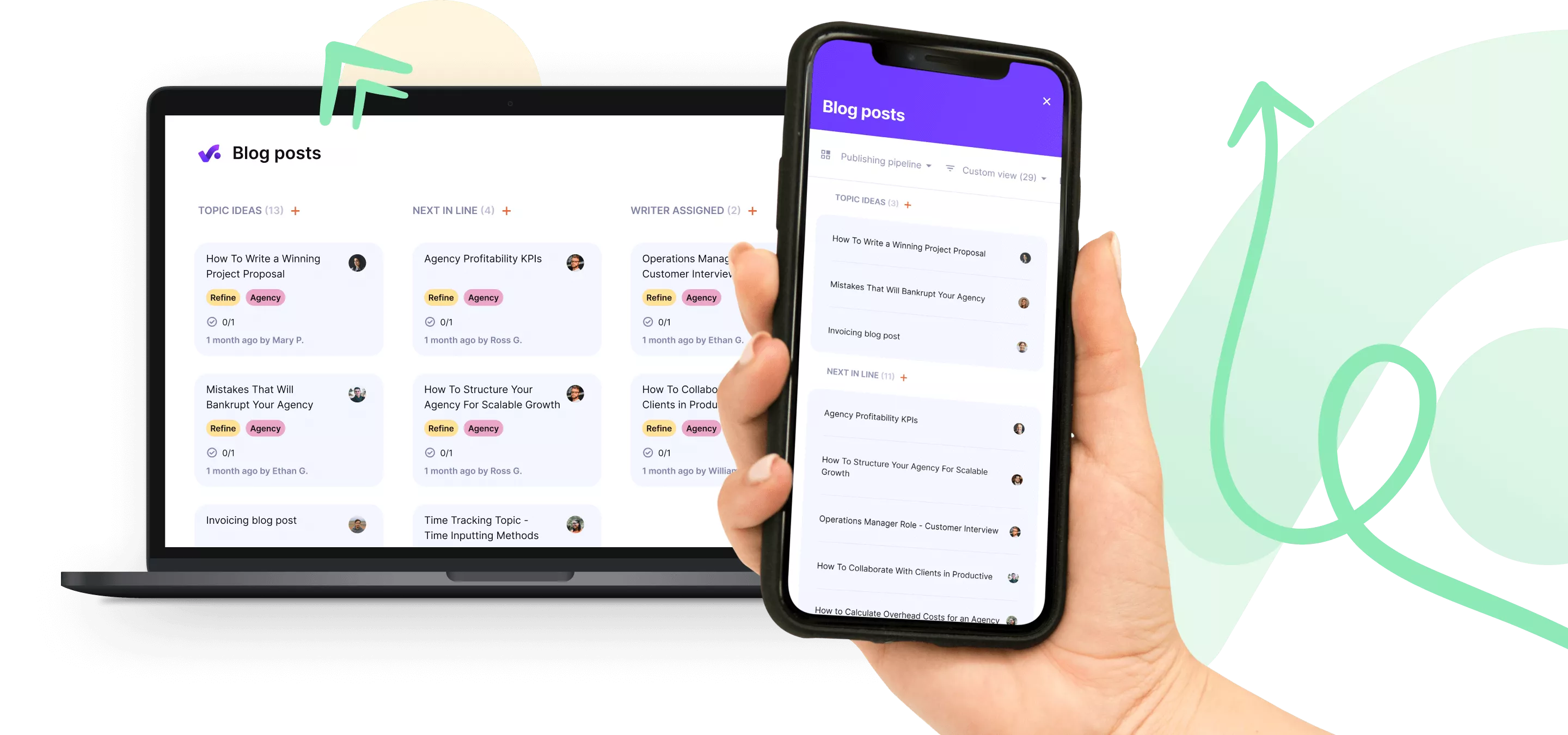Buzz Haven: Your Daily Dose of Trending News
Stay updated with the latest buzz in news, trends, and insights.
Productivity Overload: When Too Much Software Gets in Your Way
Is software slowing you down? Discover how too many tools can hinder your productivity and unleash your full potential today!
The Hidden Costs of Software Overload: How Too Many Tools Can Hamper Your Efficiency
The modern workplace is often cluttered with an overwhelming array of software tools, each promising to enhance productivity and streamline operations. However, the hidden costs of software overload can significantly hamstring your efficiency. As employees juggle multiple applications for communication, project management, and data analysis, they may find themselves wasting valuable time simply switching between tools. This constant context-switching not only disrupts workflow but also drains energy and focus, leading to decreased overall productivity.
Moreover, having too many software solutions can complicate collaboration and dilute accountability within teams. When everyone uses different tools, information often becomes siloed, making it challenging to achieve a cohesive understanding of projects. Teams may struggle to communicate effectively, resulting in misaligned efforts and repeated work. To combat these issues, organizations should periodically audit their existing tools and invest in comprehensive solutions that can centralize features, thereby reducing software clutter and maximizing efficiency in the workplace.

Choosing Quality Over Quantity: Strategies to Simplify Your Software Stack
In the rapidly evolving landscape of software development, the mantra Choosing Quality Over Quantity is becoming increasingly important for businesses. A streamlined software stack not only enhances performance but also reduces complexity and fosters better team collaboration. To achieve this, start by conducting a thorough assessment of your current applications. Identify which tools are essential and which ones are redundant. This can be accomplished by creating a simple matrix that compares each application's functionality and usage frequency. By eliminating low-value tools, you can not only simplify your software environment but also free up resources for more impactful solutions.
Once you've identified the tools that truly matter, focus on integrating high-quality, reliable software solutions that meet your specific needs. Consider the following strategies for this process:
- Prioritize Functionality: Choose software that offers the features you need without unnecessary extras that complicate usage.
- Emphasize Usability: Select tools with intuitive interfaces that minimize the learning curve for your team.
- Seek Scalability: Look for solutions that can grow with your business, ensuring that you won’t outgrow your software too soon.
- Invest in Quality Support: A good vendor will provide ongoing support, helping you maximize the value of your software.
Is Your Software Helping or Hurting Your Productivity? Key Signs to Look For
In today’s fast-paced work environment, software productivity tools are designed to enhance efficiency. However, it is crucial to determine whether the software you use is indeed helping or hurting your productivity. Some key signs to consider include frequent software crashes, slow load times, and a steep learning curve for new team members. If your software creates more obstacles than solutions, then it might be time to reassess its effectiveness.
Another important indicator is the level of team satisfaction and engagement. Ask yourself: Are your team members utilizing the software to its full potential? If the answer is no, it may indicate that the tool is more of a hindrance than a help. Conduct regular assessments and feedback sessions to identify pain points and explore alternative solutions. Recognizing these signs can significantly improve your overall productivity and team morale.